Description of potato nematode and methods of treatment
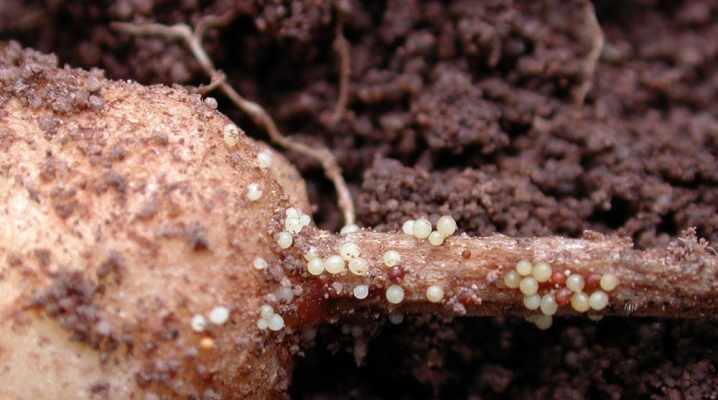
Nematodes are called a group of parasites that can harm crops by settling on their foliage, tubers, stems, and root system. Potato nematode belongs to dangerous pests which can completely destroy the vegetable crop, not only in the present, but also in the next year. This creature can be found anywhere on the planet, so people all over the world are trying to find effective methods of fighting the parasite. According to experts, it is much easier to prevent the attack of potato parasites than to deal with the problem.
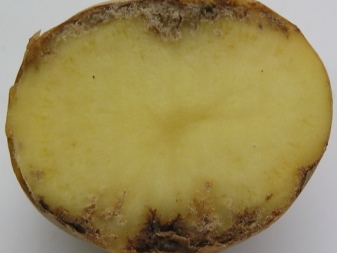
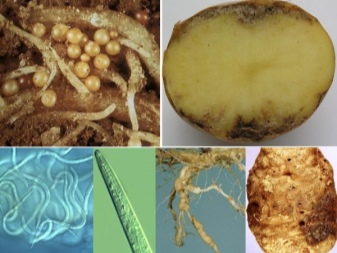
Description of species and signs of infection
The potato golden nematode looks like a worm with a body length of no more than 2 mm. The pest has a rounded body shape, usually it is colored brown or golden. Determining the defeat at the first stage is rather difficult. The bush attacked by this insect is usually pale and dull.
Mistakes that summer residents make when growing potatoes:
- ignoring crop rotation;
- refusal to plant varieties that are resistant to nematodes;
- improper soil fertilization or lack thereof.
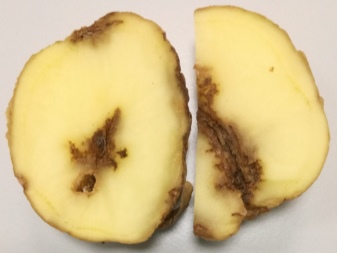

Other symptoms of the appearance of a nematode on potatoes:
- culture grows poorly;
- the lower foliage dies off;
- stem green mass withers and turns yellow;
- the stem becomes crooked;
- the peel wrinkles and dries up;
- tubers are covered with dark spots with a metallic sheen;
- flowering occurs sparsely or is completely absent.
In addition to all of the above, the disease manifests itself in the small tubers are formed at the bush, and the root system turns brown. Potatoes that are infected with this parasite have poor yields and the soil becomes unsuitable for growing other plants.
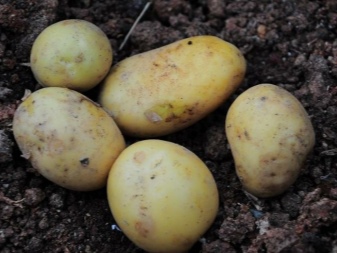
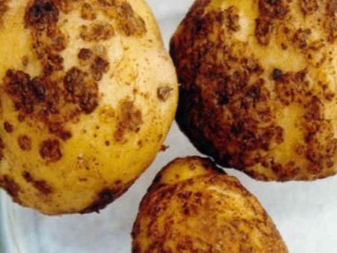
If the disease is not stopped in time, the culture will die.
The main types of nematodes.
- Golden... This parasite infects the root system of potatoes. Subsequently, the latter begins to branch strongly. In the case of a worm settling on a culture, the circulation of metabolism is difficult. The lower leaves of the potato dry up, and the tubers grow small or do not tie at all.
- Stem nematode attacks the roots and fruits of potatoes. Dark spots appear on the skin of the tuber, and the pulp is characterized by friability and rottenness.
- Gallic... This type of worm has a detrimental effect on the root system of the fruits of the culture. The attack of a potato by this parasite manifests itself in the appearance of growths, the thickness of which is about 3 cm. The fruit becomes lumpy. This pest, in addition to potatoes, attacks pumpkin vegetation.
- Pale the nematode is capable of infecting entire plantations. As a result of her attack, the stem of the plant looks painful, it turns yellow prematurely. A diseased bush has small tubers or none at all.
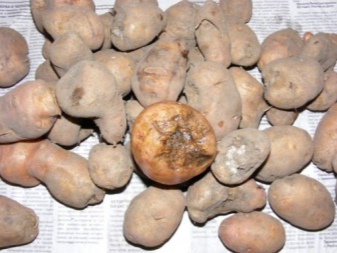
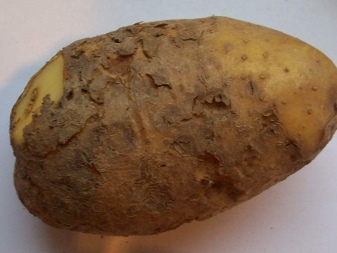
Agrotechnical control methods
Every gardener should know how to deal with a potato nematode, since this parasite often attacks plants. Agrotechnical methods will help get rid of an aggressive worm.
- When planting a vegetable, it is recommended to add manure, chicken droppings, wood ash to the holes.
- Weed out weeds in the garden in time.
- Harvest and burn potato tops with infected tubers.
- Warm up the tubers for 15 minutes before planting at a temperature of 45 degrees above zero.
- Regularly and properly care for the plantings, not forgetting about thinning, careful watering.
- Planting plants between potato rows - phytoncides. Marigolds and calendula are considered the best option.
- Fertilization of crops with the following elements:
- nitrogen;
- potassium;
- copper;
- phosphorus;
- cobalt;
- manganese.
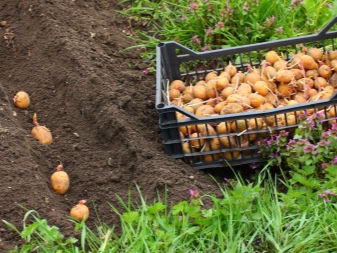
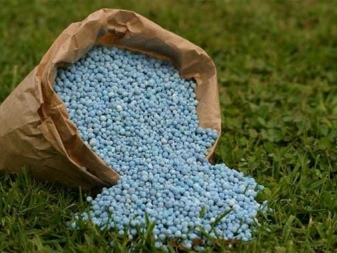
How to process?
Treatment of potatoes from nematode attack - this is a rather complicated and lengthy process. If preventive measures and agrotechnical measures do not bring results, then gardeners can treat with biological products, chemicals, as well as safe folk remedies to save the culture.

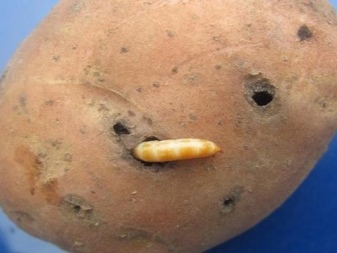
Biologicals
There are currently few biological products on the market that can kill the potato nematode. Such substances are based on fungi - nematophages, plant extracts. The use of "Nematofagin BT", "Basamil", "Aversectin S", "Metarizin", "Pecilomycin", "Narcissa", "Fitochita" is considered absolutely safe for humans and animals.
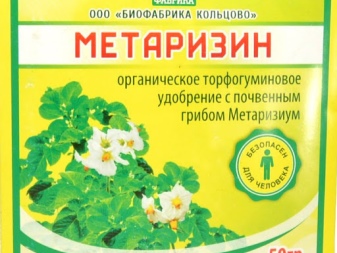
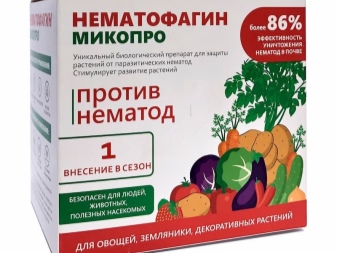
Chemicals
After detecting nematodes in the area with potatoes, the method should be selected in accordance with the degree of damage. A large number of parasites can only be eliminated by powerful chemicals. At the end of the winter period, before sowing, it is worth adding to the substrate "Nematicide" by careful digging. Use the drug only strictly according to the instructions. The agent has a detrimental effect on cysts that have overwintered and thereby interrupts the development cycle of worms.
If the potatoes show signs of nematode damage, then in this case you can use "Mercaptophos" in a 0.02% solution. Treatment with such a substance should be carried out 4 times, while maintaining an interval of 5 days. The optimal time of day for etching is considered to be an evening without wind. The use of chemicals should be carried out only with a respirator, gloves, goggles and in warm, closed clothing.

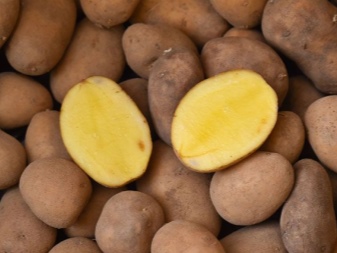
According to experts, a really good result in the fight against potato nematodes can be achieved only with the use of nematicides. The latter are represented by chemicals, the action of which is aimed at destroying herbivorous worms. To destroy the parasite, fumigants are used - these are poisonous gases that poison the nematode by entering its respiratory system. These drugs include "Carbation", "Chlorpicrin", "Nemagon".
Contact poisons for potato pests are considered "Karbofos", "Phosphamide", "Lindane" and others... Such poisons are absorbed into the integument of the worm and subsequently cause its death. Nematocides - fumigants are applied directly to the soil, they are also used in the process of pre-sowing seed treatment. Organophosphate poisons are sprayed on plants to destroy the parasite on foliage and stem.
Chloropicrin has established itself as a complex drug. It belongs to fungicides, insecticides and herbicides. Such a tool is capable of completely sterilizing the soil.
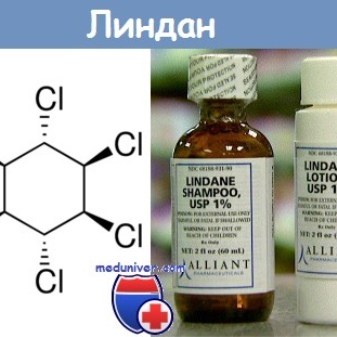
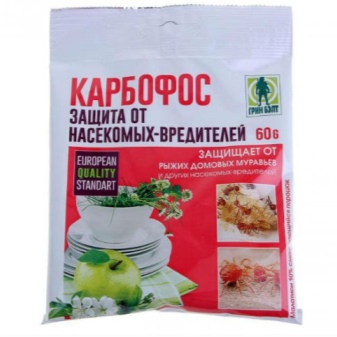
After using it, planting plants in the soil is possible only after 20 - 50 days from the moment of pickling.
Folk remedies
Gardeners who value safety and naturalness try to use the safest methods of dealing with potato nematode. These include folk remedies. Experts recommend plant marigolds, calendula, legumes, rudbeckia between planting rows.
Another way to eliminate the parasite from the site is the introduction of poultry droppings into the holes during the planting of potatoes. A good effect can be achieved by treating the soil with boiling water in the autumn. This requires Pour 1 m2 of soil with 5 buckets of boiling water. After watering, the soil should be covered with a film, such conditions will be as destructive as possible for the nematode. If necessary, this procedure should be repeated.
Some gardeners use 1000 grams of potato sprouts to fight the nematode.... The latter are processed in a meat grinder, after which they are diluted in 10 liters of water. It is necessary to water the garden with the prepared mixture after it has been treated with 5 liters of urea per m2. Thanks to such measures, the larvae of the parasite can be eliminated.
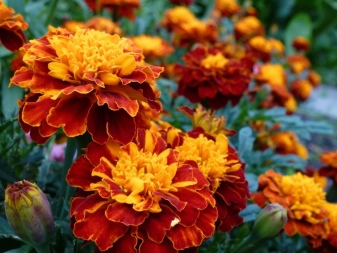
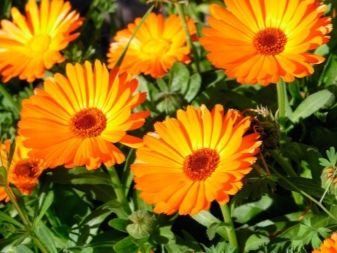
Also, do not forget that each dug out sick bush must be destroyed by burning.
Prevention measures
The fight against potato nematode should be carried out in a comprehensive manner. In this case, the use of chemicals alone, even if they are potent, will not help. In this case, adults may die, and the larvae will remain in the ground. It is quite difficult to eliminate the golden nematode completely from the site, therefore it is better to prevent its spread.
Effective preventive measures.
- Compliance with the rules of crop rotation. Often the parasite is found in those summer residents who have been growing potatoes in the same area for many seasons. Planting a crop after legumes and only after 4 years is considered the best option.
- Autumn digging of soil, as well as the elimination of the remnants of the roots from it.
- Thorough cleaning and disinfection of garden tools... For this purpose, it is recommended to use a formalin solution.
- Acquisition of quality certified seed.
- Preventing the landing of the sick and a suspicious fetus.
- Seed dressing growth stimulant, namely "Epinom".
- Washing potato tubers before boarding.
- Washing potato tubers with light pink potassium permanganate. It is worth carrying out the procedure before planting. After "bathing" the fruits in manganese, they are dried. The next step in the preventive measure will be spraying with a humic fertilizer such as Bulba.
- Strengthening plant immunity, by its timely fertilization with zinc, copper, boron, potassium.
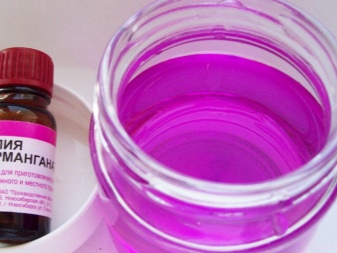

Resistant varieties
The potato nematode is capable of infecting many varieties of potatoes. However, at present, you can also find varieties that are resistant to this pest:
- "Sante";
- Rodriga;
- "Zhuravinka";
- Veras;
- "Lapis lazuli";
- Atlant;
- "Krinitsa".
The potato nematode is one of those parasites that multiply quite quickly and cause great harm to the economy. If you find withered potato bushes, it is recommended to dig them up. This procedure will allow you to detect the pest at an early stage of its development.

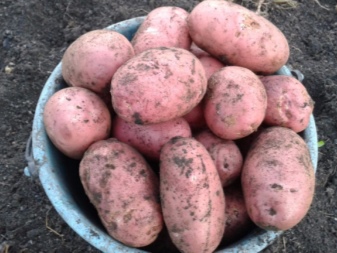
According to experts, the use of timely and competent methods to combat potato nematode will quickly save the crop.
For a description of the potato nematode and treatment methods, see the video below.













The comment was sent successfully.